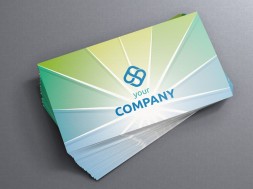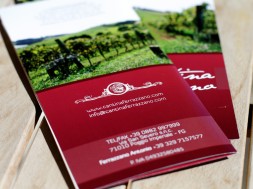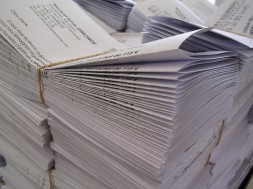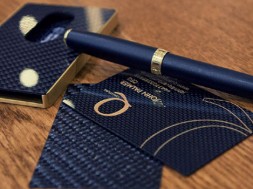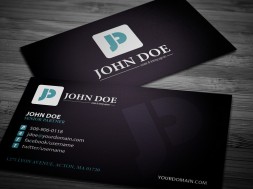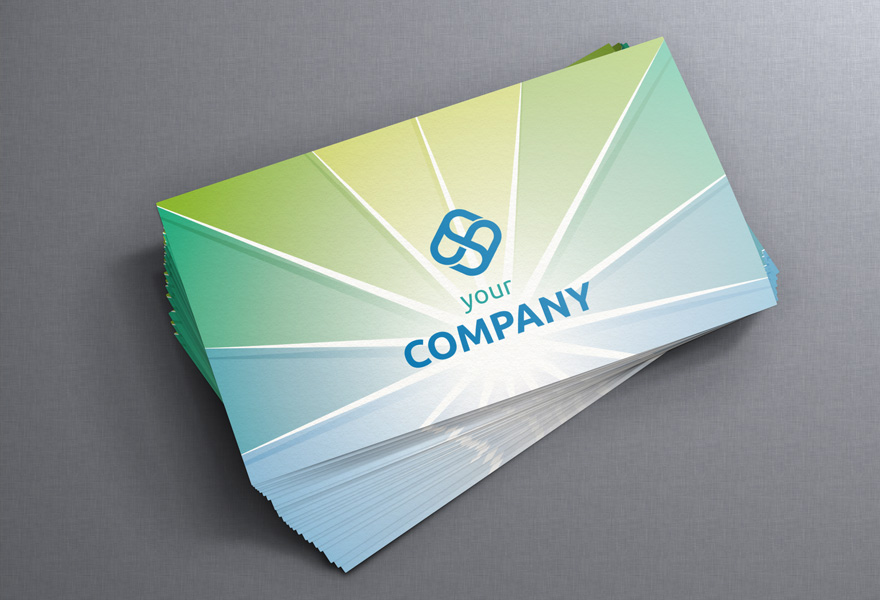
Top Designer Tips for Business Cards That Work
In the 15th century, upper-class Chinese visitors to establishments handed out “visiting cards”—a precursor to the modern business card—to formally announce their intention of meeting with an individual. Over 600 hundred years later, you’ve probably received one from a client or partner recently as a traditional gesture of introduction.
This method of promoting yourself and your company has stood the test of time and technology, and that’s why it’s safe to say that the practice of giving out business cards is here to stay. In fact, according to Design Inspiration, there are 27,397,260 million cards printed out every day in the Unites States. That’s a whopping 10 billion cards in an entire year!
And while we’ve established that business cards are an important part of corporate communications and brand marketing in your industry, one question still remains: How do you make your card stand out among the billions being exchanged out there?
Well, first, here’s a great graphic that shows you how NOT to stand out:

Now, take it from the award-winning professional graphic artists who share their not-so-secret formulas for business card designs that DO work:
Clean or Creative?
According to Design Inspiration, the number one mistake made when creating business cards is an uncreative or unclean design. Before having your card designed and printed, decide on how you want your design aesthetic to complement your brand. Strategically, do you prefer a more traditionally polished look with standard sized cards or make an artistic and unconventional statement by using die-cut shapes? Deciding on this firsthand will make the entire design process easier.

Sample of a die-cut business card that cleverly meshes design and personal branding.
Cover the Basics
Another mistake when designing a card is leaving out relevant information. Potential clients would want to know all the ways to get in touch with you. Make the communication process easier by including the following information:
- Name
- Designation
- Important phone numbers
- Email Address
- Company Address
- Website
- Social media accounts (if applicable)
Also take note that the information mentioned above needs to be readable without making the card look overwhelming. The text may be perfectly readable on a computer screen but look miniscule when printed. As a common rule, don’t go smaller than an 8pt. font.
Quality over Quantity
Don’t hand over an ink-smudged card printed on cheap bond paper. Remember, your card is a tiny piece of paper that represents your company, so don’t skimp on quality. Let professional printers help you in achieving the paper weight, photographic detail, and colorfast ink quality that you are looking for.
Pops of Color
Draw attention to your card with bright and bold hues. Research has shown that “prospective clients hold on to a color card 10 times longer than a standard white card.” Be it a logo or an intricate design, include shades of your company’s colors into the card.
Ban Borders
For practical reasons, never incorporate a border into your card’s design. In case the printing press run results in inaccuracies, cards with borders may come up lopsided. Always include a 3-mm. bleed of the same background color to avoid this possibility.
Blank Back
Have you noticed that no one ever looks for information at the back of a card? Information must be put upfront when designing business cards. Keep the back portion blank or use it only for graphics or unimportant text. Backs of cards are also useful when jotting down info about the cardholder that you would like to remember, so consider leaving the card’s back uncoated for better writability.
Check it Twice
There are instances when there will be typos, misspellings, or inaccurate information on the design. Double or even triple check proofs before giving the go-ahead for printing. It also won’t hurt to have another person take a look at the proofs for a fresh perspective.
The numbers don’t lie: 88 percent of business cards will be thrown out within a week of receiving them. Let your business card represent you and your brand positively by investing in a good design and a quality printing service that pulls it all together. We hope that our tips will help you make that first impression last!
